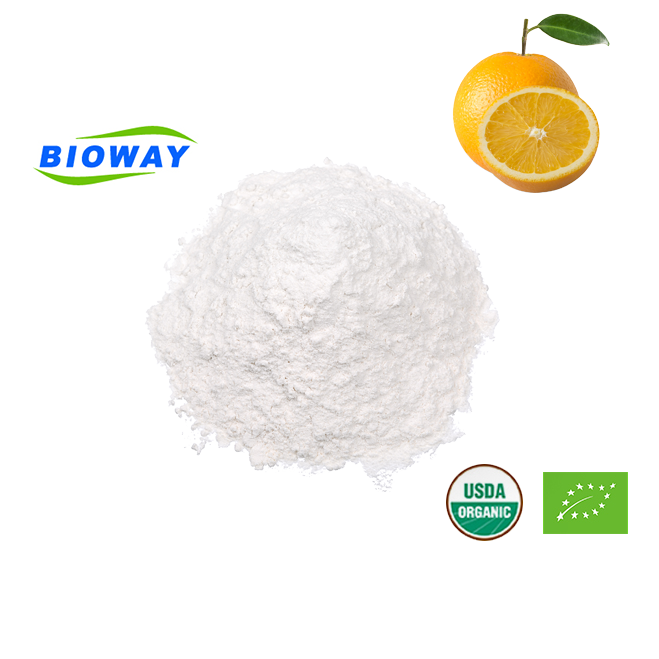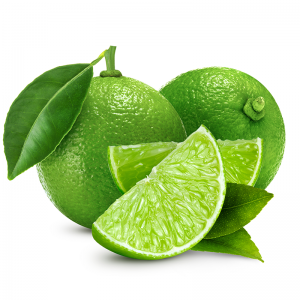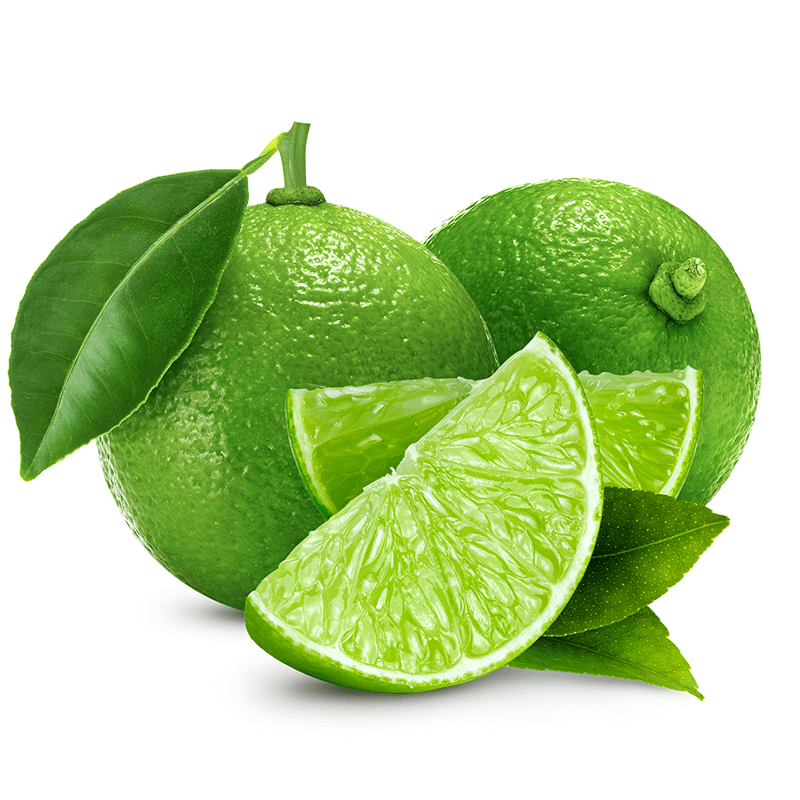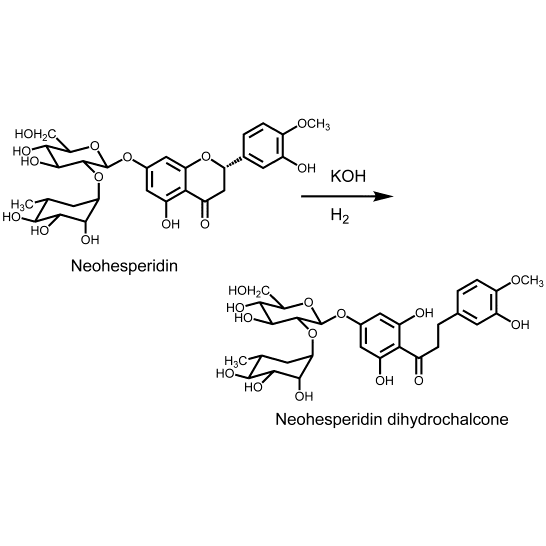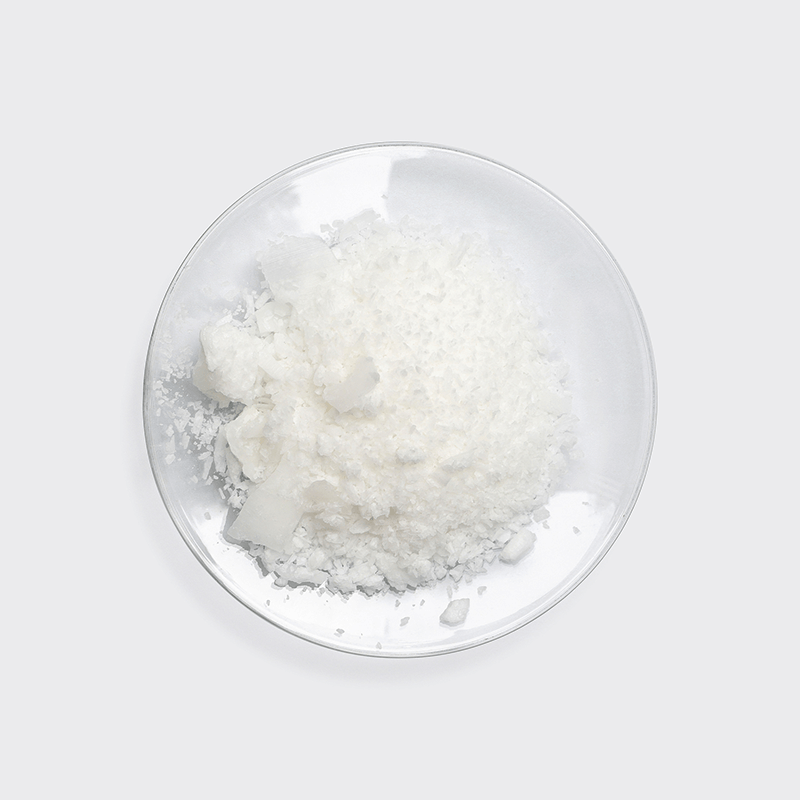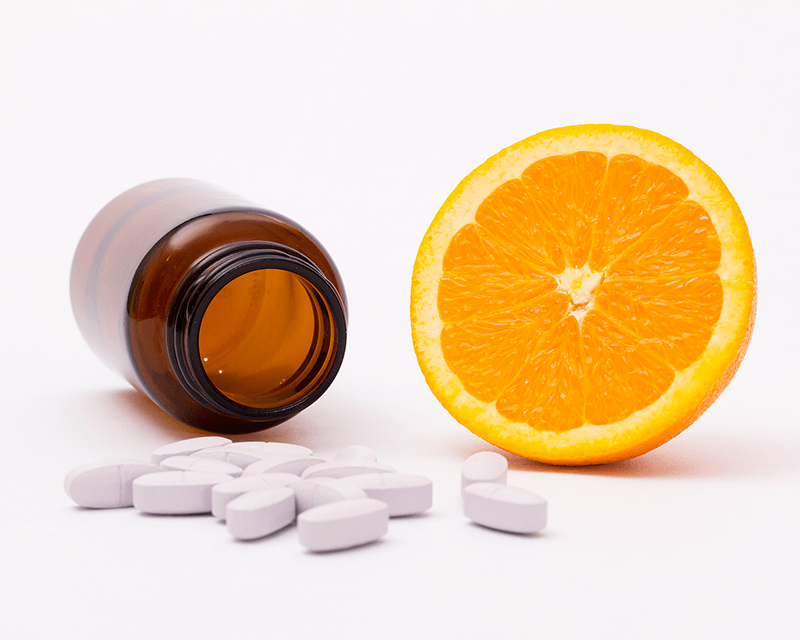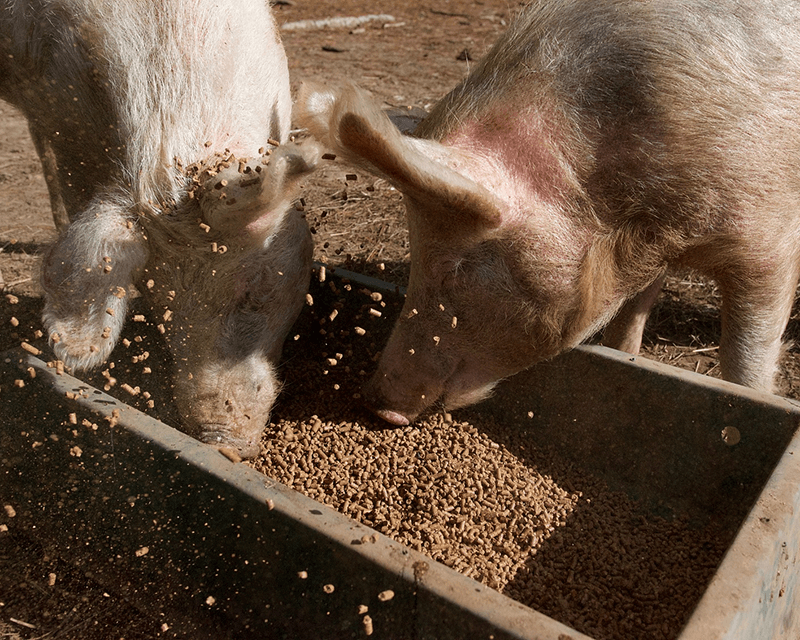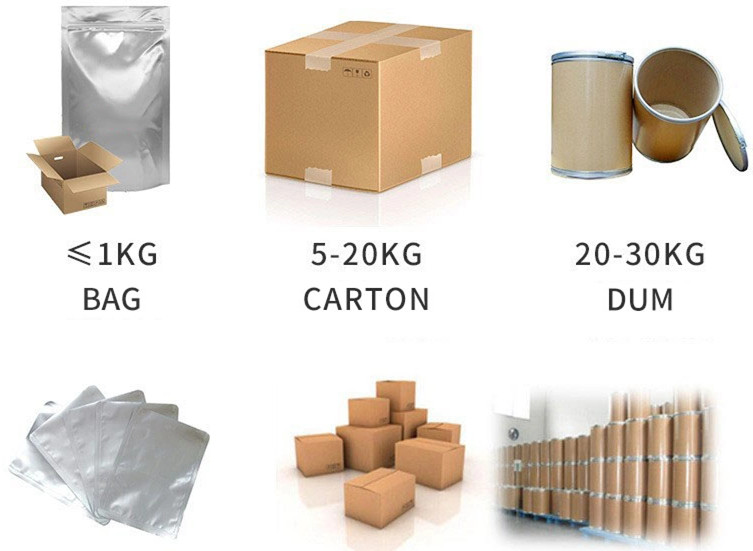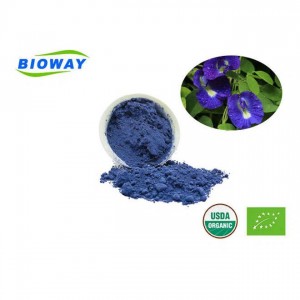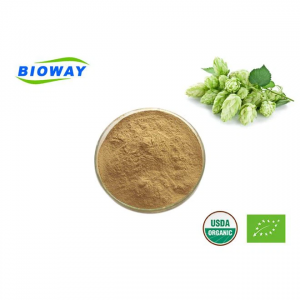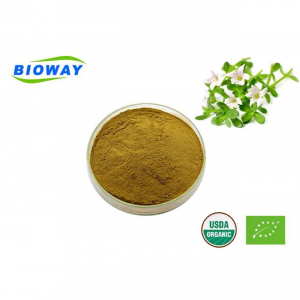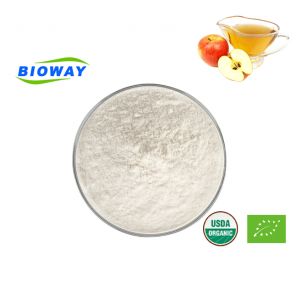Neohesperidin Dihydrochalcone Powder (NHDC)
Neohesperidin dihydrochalcone (NHDC) powder is a white to slightly yellow crystalline powder that is commonly used as a sweetener and flavor enhancer in various food and beverage products. It is derived from citrus fruits and has a sweet taste without the bitterness often associated with other sweeteners. NHDC is often used in products such as soft drinks, confectionery, bakery items, and other food products to enhance sweetness and mask bitter flavors. Additionally, NHDC is known for its stability and can be used in combination with other sweeteners to achieve a desired taste profile. It is widely accepted as a safe food additive and has been approved for use in various countries around the world.
| Specification of Bitter Orange Extract | |
| Botanical Source: | Citrus Aurantium L |
| Part used: | Fruit |
| Specification: | NHDC 98% |
| Appearance | White fine powder |
| Flavor & Odor | Characteristic |
| Particle size | 100% pass 80 mesh |
| Physical: | |
| Loss on Drying | ≤1.0% |
| Bulk density | 40-60g/100ml |
| Sulphated Ash | ≤1.0% |
| GMO | Free |
| General Status | Non-irradiated |
| Chemical: | |
| Pb | ≤2mg/kg |
| As | ≤1mg/kg |
| Hg | ≤0.1mg/kg |
| Cd | ≤1.0mg/kg |
| Microbial: | |
| Total microbacterial count | ≤1000cfu/g |
| Yeast & Mold | ≤100cfu/g |
| E.Coli | Negative |
| Staphylococcus aureus | Negative |
| Salmonella | Negative |
| Enterobacteriaceaes | Negative |
(1) Intense sweetness: NHDC is known for its strong sweetening properties, offering approximately 1500-1800 times the sweetness of sucrose.
(2) Low calorie: It provides sweetness without the associated high-calorie content, making it suitable for low-calorie and sugar-free products.
(3) Bitterness masking: NHDC can mask bitterness, making it a valuable ingredient in food and beverage products where bitterness needs to be mitigated.
(4) Heat stable: It is heat stable, allowing its use in various food and beverage applications, including baked goods and hot beverages.
(5) Synergistic effects: NHDC can enhance and amplify the sweetness of other sweeteners, allowing for reduced usage of other sweetening agents in formulations.
(6) Solubility: NHDC is highly soluble in water, making it suitable for various liquid applications.
(7) Natural origin: NHDC is derived from citrus fruits, presenting a natural and clean-label sweetening option for food and beverage products.
(8) Flavor enhancement: It can enhance and improve the overall flavor profile of products, particularly in citrus-flavored or acidic formulations.
(1) Increased Metabolism
(2) Increase Fat Break Down
(3) Increased Thermogenesis
(4) Decreased Appetite
(5) Energy Increase
(6) Increase Fat Burning and Weight Loss
(7) A flavor enhancer and natural sweetener
(1) Neohesperidin dihydrochalcone (NHDC) is commonly used as a sweetening agent in the food and beverage industry.
(2) It is utilized to enhance and mask bitterness in products such as sodas, fruit juices, and confectionery.
(3) NHDC is also employed in pharmaceuticals and oral care products to improve taste and palatability.
(4) Additionally, it can be incorporated into animal feed to promote feed intake and mask unpalatable flavors.
(5) NHDC offers manufacturers a versatile solution for improving the taste and consumer acceptance of their products across various industries.
The production of neohesperidin dihydrochalcone (NHDC) powder involves several steps, as outlined below:
(1) Raw Material Selection: The raw material for NHDC production is typically bitter orange peel or other citrus fruit peels, which are rich in neohesperidin.
(2)Extraction: The neohesperidin is extracted from the raw material using solvent extraction methods. This involves macerating the peel with a suitable solvent to dissolve the neohesperidin and then separating the extract from the solid residues.
(3)Purification: The extract is then purified to remove impurities, including other flavonoids and compounds present in the citrus peel extract. This is often done using methods such as chromatography or crystallization.
(4)Hydrogenation: The purified neohesperidin is then hydrogenated to produce neohesperidin dihydrochalcone (NHDC). This involves a catalyzed chemical reaction in the presence of hydrogen to reduce the double bonds in the neohesperidin molecule.
(5)Drying and Milling: The NHDC is then dried to remove any residual moisture. Once dry, it is milled to produce a fine powder suitable for packaging and use in various applications.
(6)Quality Control: Throughout the production process, quality control measures are essential to ensure the purity, potency, and safety of the NHDC powder. This may involve testing for the absence of contaminants, as well as assessing the composition and concentration of NHDC.
(7)Packaging: The NHDC powder is then packaged in suitable containers, such as food-grade bags or containers, which are labeled with relevant information, including batch numbers, production dates, and any regulatory information.
Express
Under 100kg, 3-5Days
Door to door service easy to pick up the goods
By Sea
Over300kg, Around 30 Days
Port to port service professional clearance broker needed
By Air
100kg-1000kg, 5-7Days
Airport to airport service professional clearance broker needed

NHDC Powder is certified by ISO, HALAL, KOSHER, and HACCP certificates.






